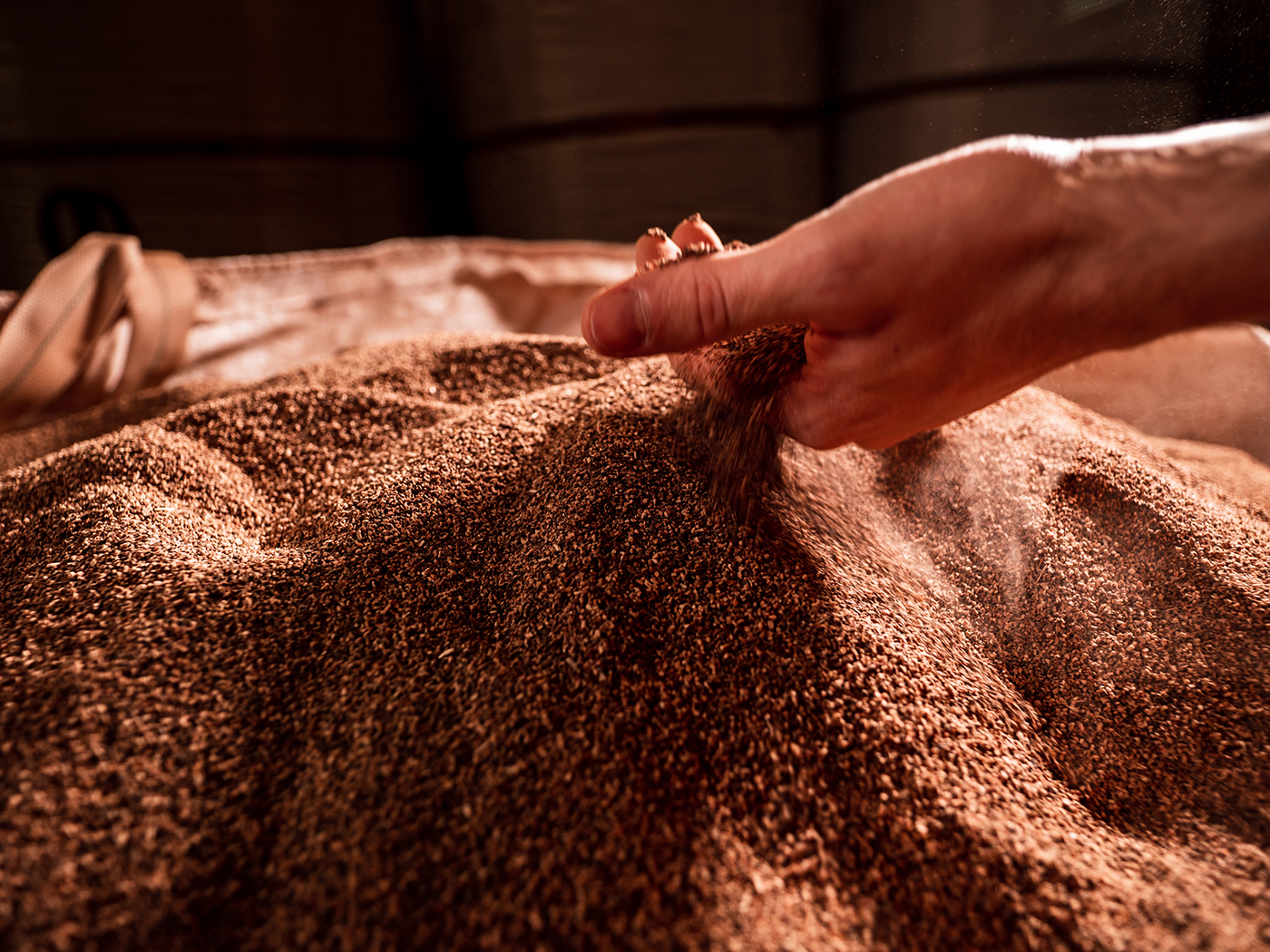Cork as an insulation material: is it a new future for the building world?
When we talk about living, we do not only mean living in a domestic space within a building. It also means thinking about the external environment, itself part of an ecosystem that makes up the global picture of the planet. Building that looks to the future is looking for new technologies and innovative materials to break out of the vicious circle of emissions by designing homes and buildings that are attentive to the comfort of those who live in them and to environmental and system requirements.
To ensure this virtuous union of eco-sustainability and good living, new choices must be made in the construction of buildings. That is why we at Diasen are careful to propose natural materials and sustainable solutions for thermal insulation, global comfort and building affordability.
In this article, we want to focus on a noble material that offers quality, style and nature to the comfort of a building, namely cork insulation. Building houses with natural materials responds to a vision rich in the future because it goes back to the essence of living, to air quality as a requirement for liveability and health, to the durability of the structure as a guarantee of solidity, performance and performance.
The cork we use comes from a physical refining treatment that, in output, offers granules of different sizes. These – together with other neighbouring materials such as lime, perlite, clay, natural fibres, and pumice stone – give rise to formulations used to create biomalta and paints that offer quality and liveability to environments and buildings. Let us discover the advantages of this natural and Mediterranean material in more detail.
Why opt for cork as insulation?
Cork is an excellent insulator, both thermal and acoustic. But not everyone knows this.
Cork used for thermal and acoustic insulation is an environmentally friendly material obtained by refining the bark from the Quercus suber tree. This valuable bark is processed and transformed to a grain size suitable for use in premixes that are used for the thermal-acoustic insulation of buildings.
Traditional polystyrene foam insulation boards fall into the category of cheap and widely consumed materials. Still, they are not sustainable because they are derived from oil and have a negative impact on the environment during their production. Moreover, their production requires high energy consumption and releases greenhouse gases.
Cork is a highly insulating material, offering excellent thermal and acoustic performance. Those who use it in their homes can enjoy an optimal microclimate, reduced consumption, and unparalleled sound comfort. It is possible to achieve these results thanks to products such as Diathonite Acoustix, a versatile and versatile cork-based biomalta, capable of absorbing the energy of sound waves, reducing reverberation effects and rumble generated by multiple and disordered sound reflections.
Another advantage of cork used as wall insulation lies in its ability to prevent bacteria proliferation and mould formation on walls. It is a highly breathable natural material, ideal for indoor environments thanks to a honeycomb cell structure that allows it to act as a humidity regulator, maintaining an optimal hygrometric balance.
An effective choice is to use cork to insulate your home and not traditional cement-based mortars, which release micro-dust, require high costs and require more invasive work. It is a good choice for people, for the respiratory tract and for allergy sufferers.
Finally, and we often talk about this with our customers: cork is a safe material. It does not emit harmful substances and is an incombustible and non-flammable material. This means that it does not burn and will not feed flames in the event of a fire.
What is the future of cork in green building?
Building is increasingly moving in an ecological direction. It is no longer sustainable to build housing that is out of step with the surrounding environment, dangerous and expensive, and cork, together with other natural materials, can be a functional, aesthetic and environmental answer to the future by satisfying complex needs for comfort and well-being.
Cork is a natural material that is extracted from the bark of cork oaks without damaging the tree, avoiding phenomena such as deforestation or damage to ecosystems. Cork extraction has a low environmental impact, and its life cycle, from cork oak to disposal, is deeply sustainable.
The cork production process consists of several steps, all with a low environmental impact: the bark is extracted from cork oaks according to the guidelines of strict specifications without damaging the tree, which continues to grow and produce new bark. The extracted bark is sun-dried to remove moisture and then ground into granular form downstream of the cork production process, without the use of chemical additives or synthetic treatments.
Such a valuable, versatile and fascinating subject could not fail to attract the attention of architects and engineers and all those involved in designing the homes of the future.
Cork is recyclable and renewable and can be easily disposed of without harming the environment.
Diasen offers building solutions based on cork insulation to achieve an optimal level of comfort within any home. We carefully select only cork whose production process uses renewable sources with a low environmental impact.

